Cost-Effectiveness
Cost-effectiveness is a crucial factor influencing the Composite Rebar Market. While the initial investment in composite rebar may be higher compared to traditional materials, the long-term savings associated with reduced maintenance and longer lifespan are compelling. The durability and corrosion resistance of composite rebar can lead to lower lifecycle costs for construction projects. As stakeholders increasingly focus on total cost of ownership, the appeal of composite rebar is likely to grow. This economic consideration may drive more construction companies to adopt composite materials, thereby enhancing the overall market dynamics within the Composite Rebar Market.
Regulatory Frameworks
The Composite Rebar Market is significantly influenced by regulatory frameworks that promote the use of advanced materials in construction. Governments and regulatory bodies are increasingly recognizing the benefits of composite materials, leading to the establishment of standards and guidelines that favor their use. This regulatory support can enhance market confidence and encourage investment in composite rebar technologies. Moreover, compliance with these regulations may become a prerequisite for construction projects, further driving demand. As the industry adapts to these evolving regulations, the Composite Rebar Market is poised for growth, with stakeholders seeking to align with compliance requirements.
Technological Innovations
Technological advancements play a pivotal role in shaping the Composite Rebar Market. Innovations in manufacturing processes, such as the development of advanced composite materials, are enhancing the performance characteristics of rebar. These innovations may lead to improved tensile strength and durability, making composite rebar a more attractive option for construction projects. Additionally, the integration of smart technologies in construction materials is gaining traction. This could potentially allow for real-time monitoring of structural integrity, further driving the adoption of composite rebar. As technology continues to evolve, the Composite Rebar Market is likely to experience significant growth, driven by enhanced product offerings.
Infrastructure Development
Infrastructure development remains a key driver for the Composite Rebar Market. As urbanization accelerates, there is a pressing need for robust infrastructure to support growing populations. Composite rebar, with its superior properties, is increasingly being utilized in various infrastructure projects, including bridges, highways, and buildings. The demand for durable and lightweight materials is likely to propel the adoption of composite rebar in these projects. According to recent estimates, the infrastructure sector is projected to witness substantial investments, which could further stimulate the Composite Rebar Market. This trend indicates a promising outlook for composite rebar as a preferred material in modern construction.
Sustainability Initiatives
The Composite Rebar Market is increasingly influenced by sustainability initiatives. As construction practices evolve, there is a growing emphasis on using materials that minimize environmental impact. Composite rebar, being lightweight and resistant to corrosion, aligns well with these initiatives. The industry is witnessing a shift towards eco-friendly construction materials, which could potentially enhance the demand for composite rebar. Furthermore, the use of composite materials can lead to reduced carbon footprints in construction projects. This trend is likely to drive innovation and investment in the Composite Rebar Market, as stakeholders seek to meet sustainability goals while ensuring structural integrity.


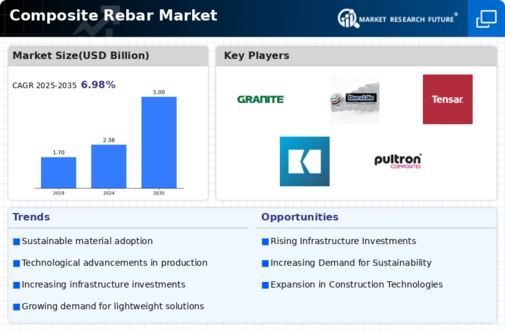
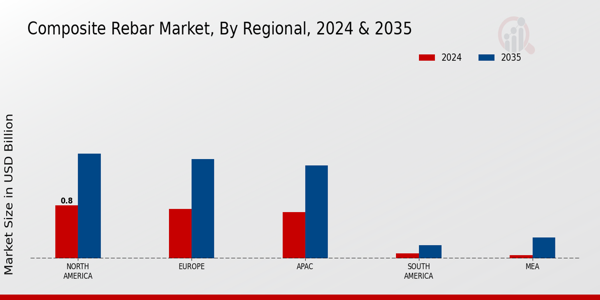

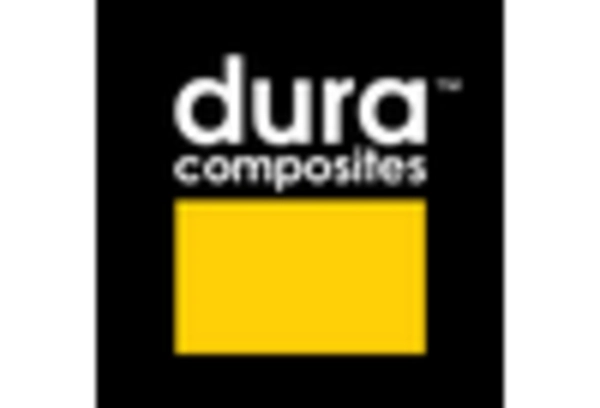
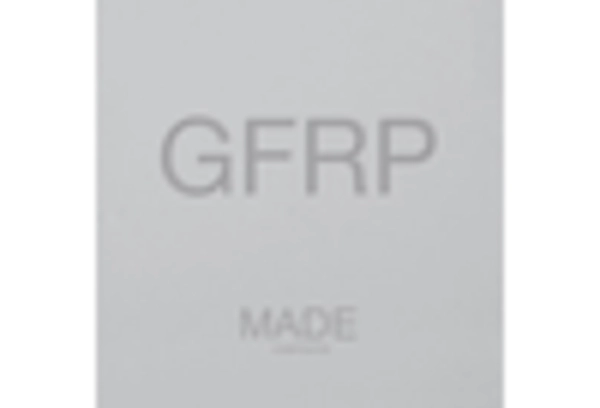
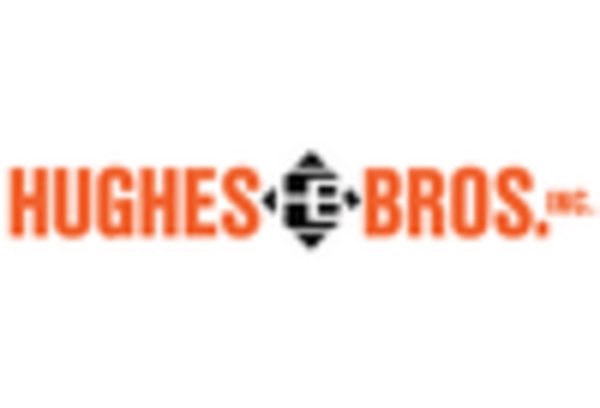
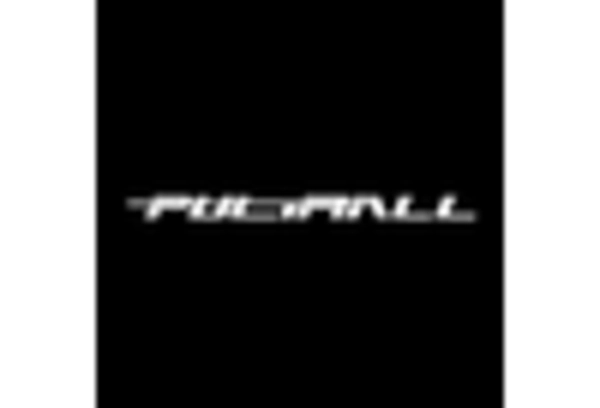
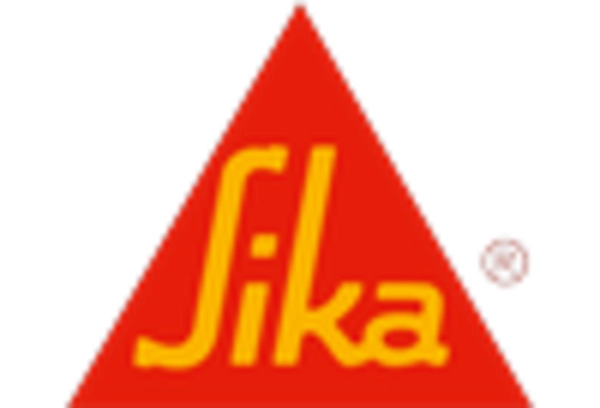








Leave a Comment